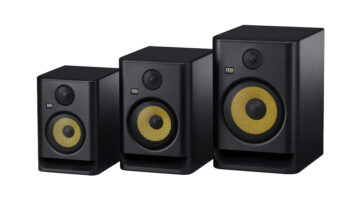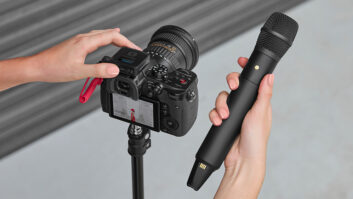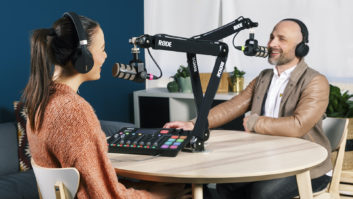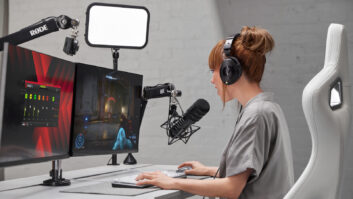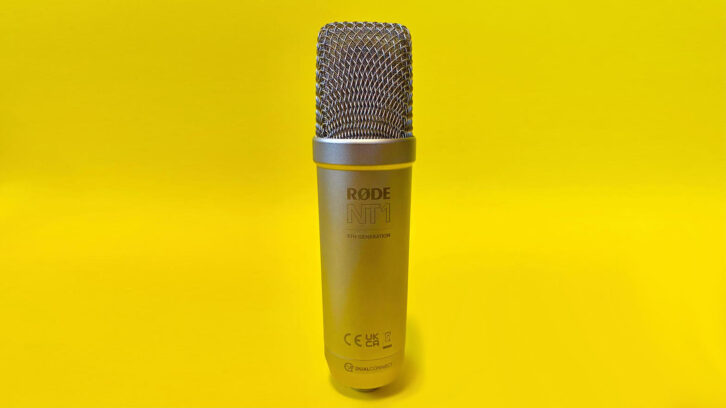
Sydney, Australia (February 21, 2023)—A few years ago, Røde began focusing heavily on content creators, fueling their output with a tidal wave of attainable microphones and equipment; the company made great inroads in part because of its status in the professional studio world—and much of that reputation was due to the company’s long-running NT1 series of studio condenser mics. Today, Røde announced (and shipped) the line’s latest edition—the NT1 5th Generation.
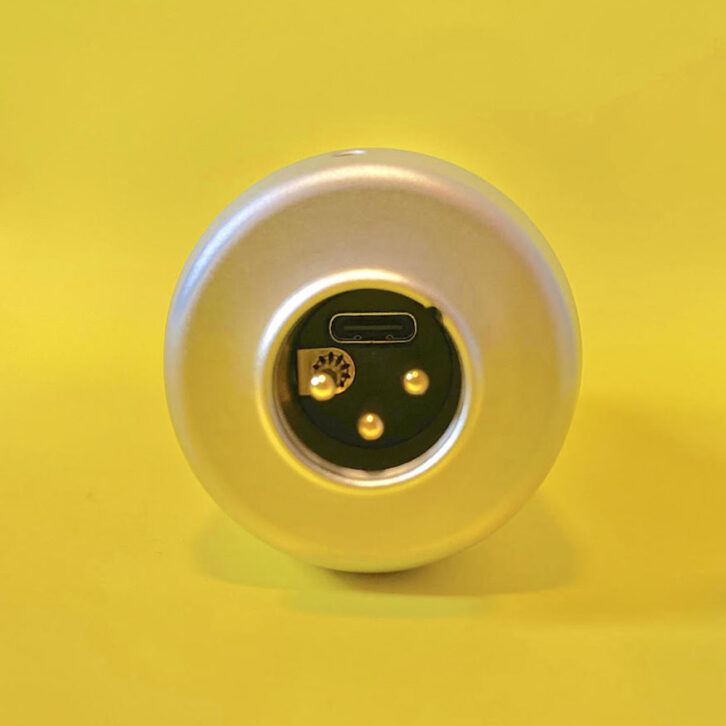
Aiming to maintain the familiar sound of the NT1, the new microphone nonetheless sports new technology, most notably a patent-pending Dual Connect output that can provide both XLR and USB connectivity, reportedly “unclippable” 32-bit float digital output, advanced DSP and more.
Returning from the NT1 4th Generation mic is the HF6 large-diaphragm (1-inch) gold-sputtered capsule, said to be engineered to sub-micron tolerances with the intention of providing a tight cardioid polar pattern, smooth frequency response, high sensitivity and high SPL handling.
While it can handle loudness, the mic itself is said to offer users low self-noise (4 dBA), up to 192 kHz analog-to-digital conversion, and on-board DSP for Aphex audio processing, including a compressor, noise gate, two-step high-pass filter, and both Aural Exciter and Big Bottom effects.
The microphone’s Dual Connect output can connect to audio interfaces, mixers and consoles, or direct plug-and-play recording with a computer. Using the Dual Connect output with an XLR cable results in a typical analog signal, while inserting a USB-C cable into the socket results in 32-bit float digital output via an internal audio interface within the mic. With that output, users recording in a DAW can adjust audio after the fact to a desired level without concerns about having set gain correctly.
Røde RødeCaster Pro II Gets Firmware Update
The NT1 5th Generation mic is available in a black or silver aluminum body, ships with a shock mount and pop filter as well as XLR and USB-C cables, and is designed and manufactured in Røde’s Sydney, Australia facilities. Using the company’s companion apps, Røde Central and Røde Connect, users can make use of two different processing modes—the VoxLab editor with basic controls for Depth, Sparkle and Punch, or an advanced editor, which offers granular control over every parameter. Up to eight NT1 5th Generation microphones can be connected to a single computer for multitrack recording.
Introduced in 1991, the NT1 was Røde’s debut microphone, and the company has gone on to sell more than 6 million NT1s across the line’s lifetime. The NT1 5th Generation has an MSRP of $249.


